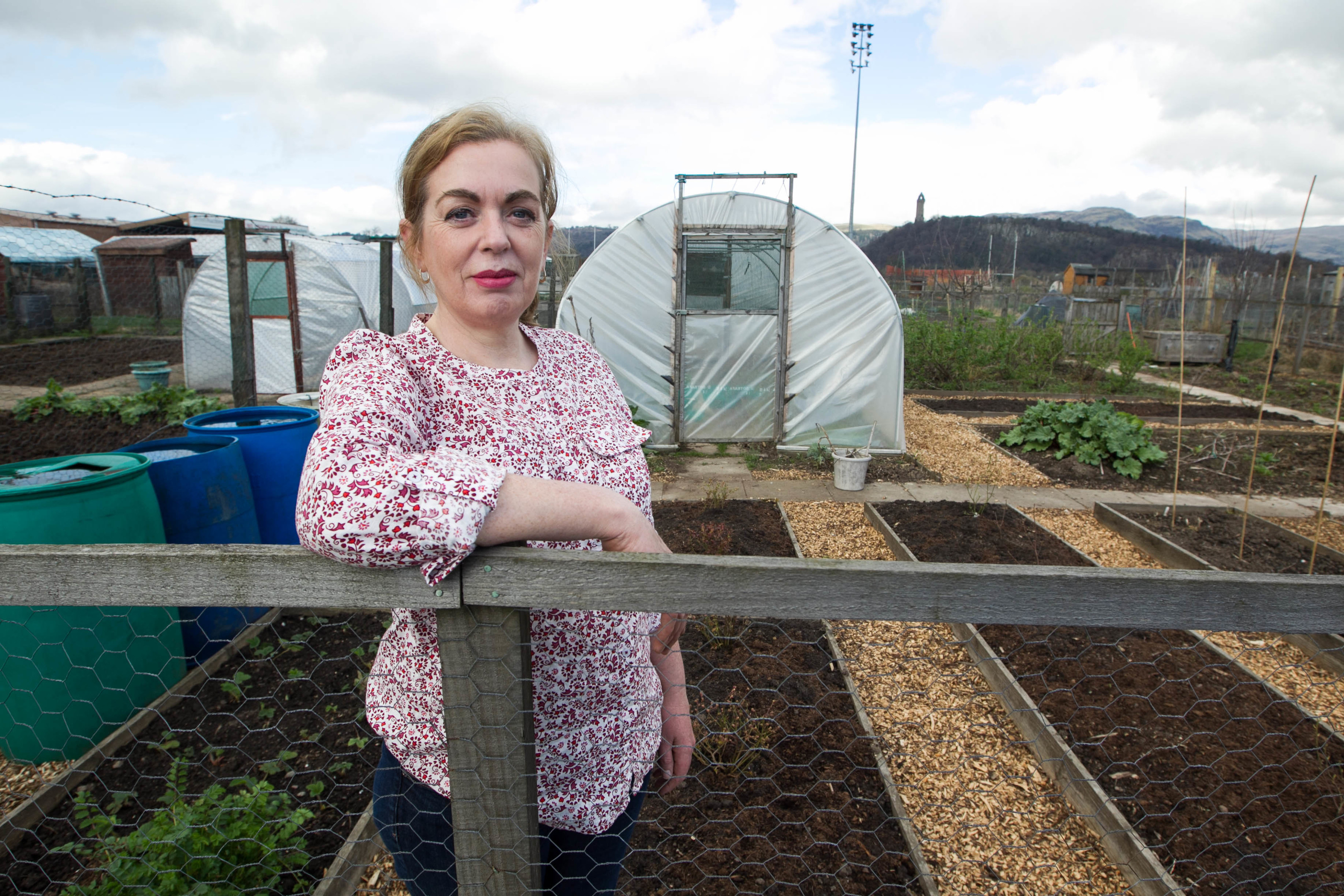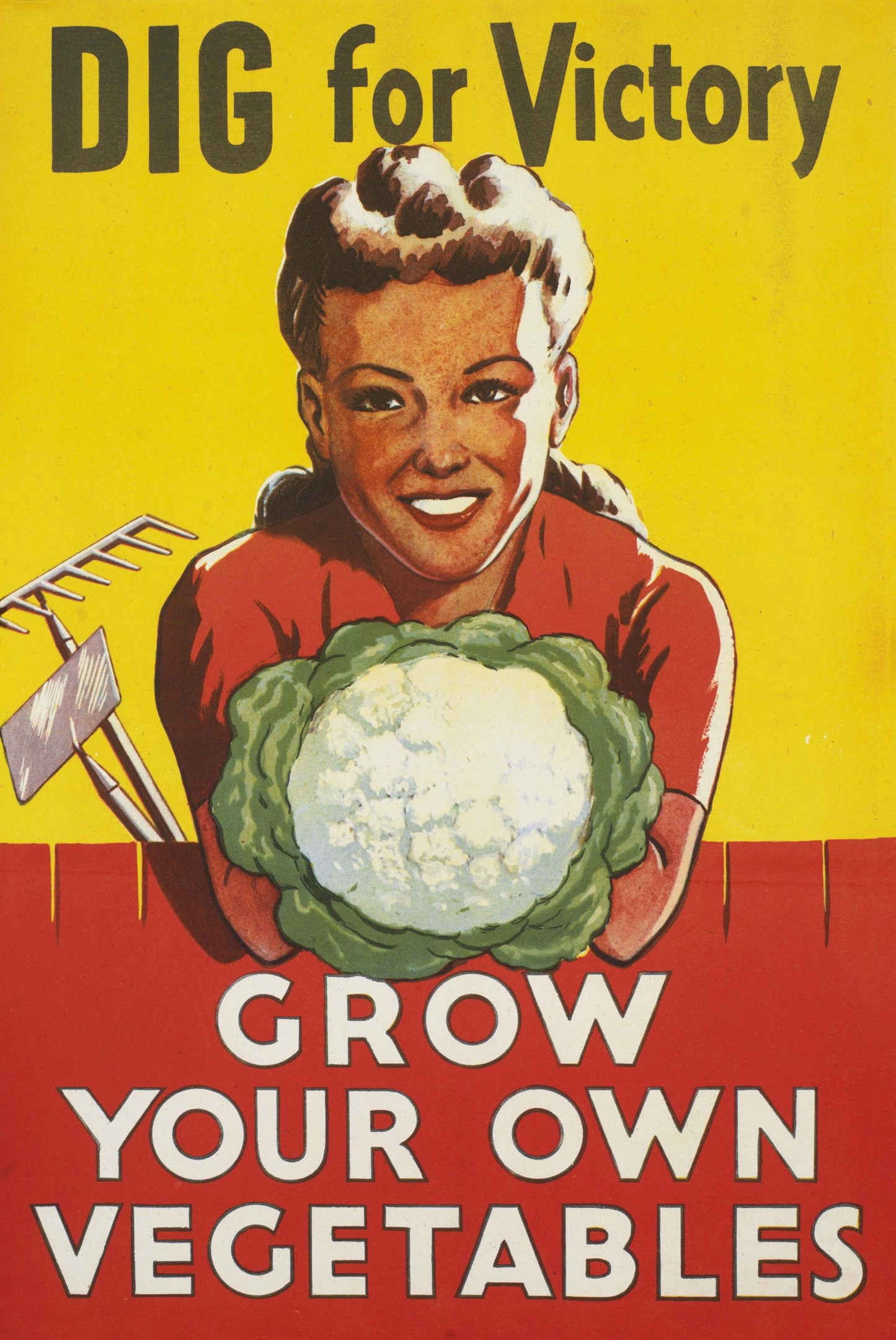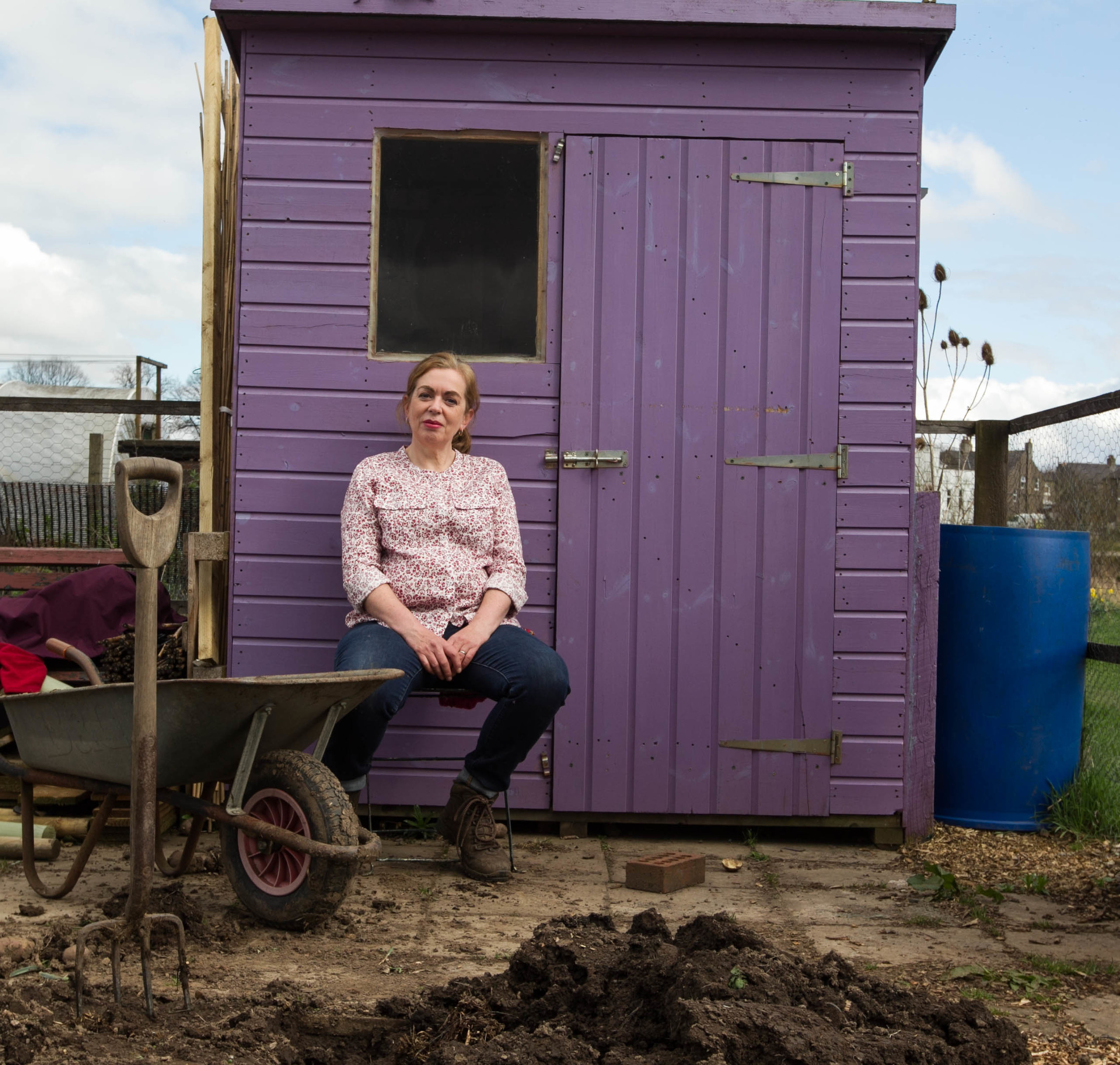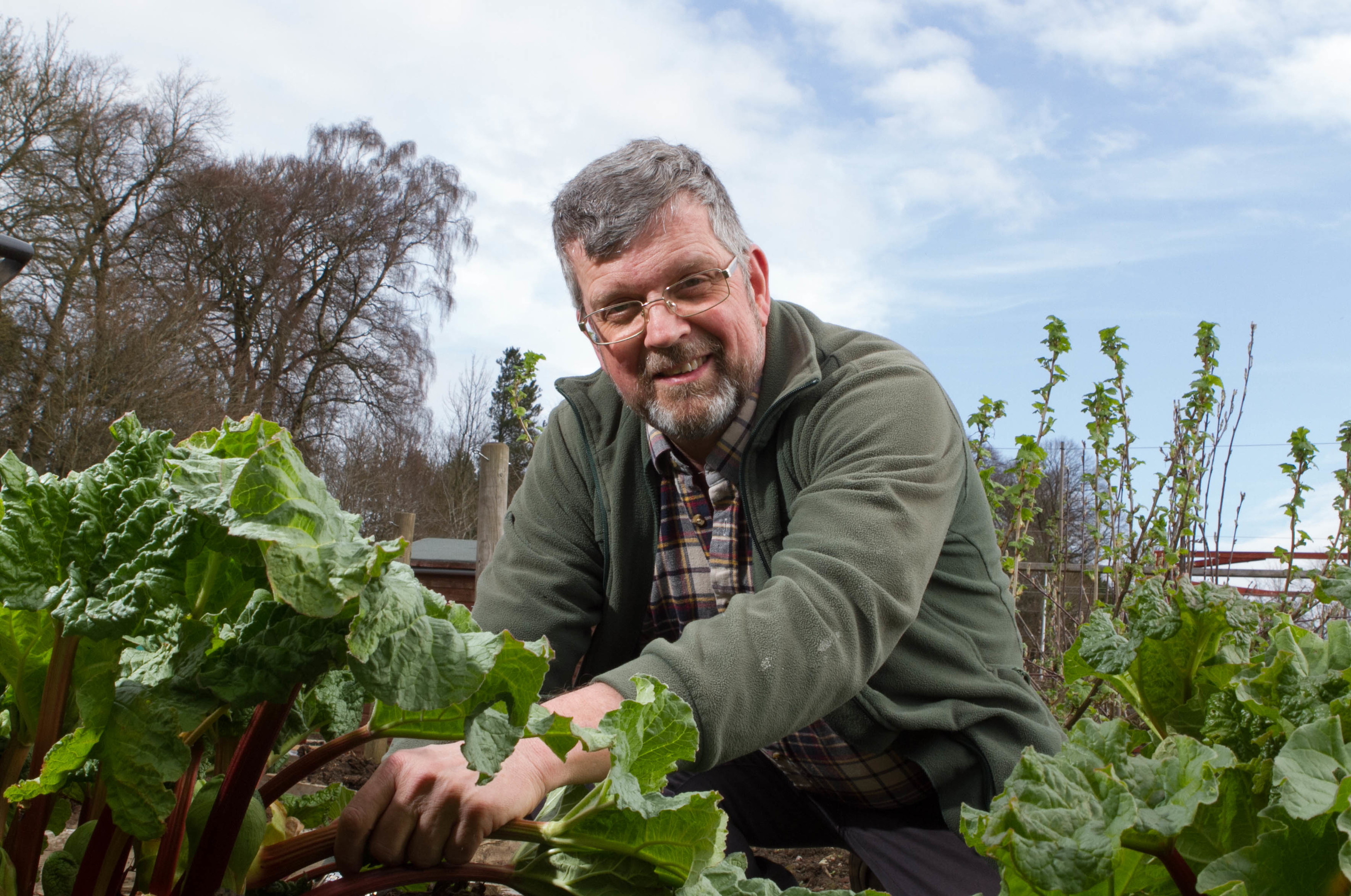
DURING the war we were famously encouraged to Dig for Victory.
While times may have changed, an increasing number of us are going back to basics and choosing to grow our own.
Allotment waiting lists are growing, community garden projects are thriving and homeowners are transforming their gardens into produce patches.
There are believed to be 300,000 allotments in Britain, with around 10,000 in Scotland. That’s up by around 4000 since 2007, yet waiting lists remain ridiculously long in some areas.
“It’s 90 years for some of the allotments in central Edinburgh and waiting lists have had to be closed in other cases,” explained gardener and writer Kenneth Cox, speaking on the eve of National Gardening Week, starting tomorrow.
Exercise, health, well-being, community spirit and awareness of where our food comes from are all being flagged as potential factors in the upswing of our horticultural hobbies.
Jenny Mollison is the secretary of the Scottish Allotments and Gardens Society (SAGS), a voluntary organisation that protects and promotes allotment sites and plot holders.
“At the end of the First World War there were 77,000 plots in Scotland and 90,000 by the end of the Second World War,” she said.
“In 2007, SAGS counted the allotment plots and it was down to between 6000 and 7000, but it’s creeping back up and now we’re at 10,000.
“The implementation of the Community Empowerment (Scotland) Act will make sure local authorities meet the demand for allotments by reacting to certain trigger points, which are still being ironed out.”
Jenny got her allotment in 1988 in Musselburgh, a few years after moving from Edinburgh city centre with her family. “I wouldn’t be without it,” she smiled. “I know it’s the place to go when the going gets tough – my family send me down there when I’m in a mood.
“It’s my bolthole, so I don’t share it with anyone else. There is something magnificent about putting the key in the gate – it’s like stepping into another world.”
While some, like Jenny, might enjoy it for the solitude and serenity, for others it’s as much about the community spirit as it is the pride in growing produce.
“Most allotments have a fantastic community spirit,” she continued. “People are friendly without being intrusive.
“The Lochaline allotment project at Morvern was building a clay pizza oven when I was over recently, as they like to make pizza after a day of gardening.
“And Killandean Community Allotments in Livingston have regular barbecues on site.”
Kenneth Cox is also impressed by the community garden projects getting off the ground. He points to initiatives like the Granton Community Gardeners in Edinburgh, where five growing areas on unused or abandoned land were identified.
In 2014, just four years after being established, the group grew more than two tonnes of vegetables and the following year they began providing free meals made from the produce.
Last year they received a significant lottery grant.
He believes younger generations are also now more enthusiastic about growing fruit and vegetables.
“Social media has certainly helped spread the word,” he said. “Young people have gardening videos on YouTube, which inspires others of a similar age,” said Kenneth, managing director of family firm Glendoick Gardens.
“I toured with Alys Fowler, who presented on Gardener’s World and was much younger than your typical TV gardening show presenter. I watched as 19-year-old girls came up to her and said she was their hero – it was inspiring. Also, people see community projects, which are very visible, decide to join in and it takes off.
“There is a lovely thing happening in Dundee, where the community allotment officer, Kate Treharne, is very dynamic and is starting projects all over the city. She took derelict land and transformed it in less than 12 months.”
Kenneth is also on the board of Trellis, an organisation that supports more than 300 therapeutic gardening projects, helping people with dementia, PTSD and cancer recovery, to name a few.
“Gardening projects are a big thing in prisons just now and the most successful is at HMP Dumfries, where there is a two hectare green space,” he said.
“One officer and 12 long-term prisoners maintain it and the produce they grow is used in the kitchens. The prisoners can also gain SQA qualifications in horticulture, which increases job opportunities on the outside.”
Kenneth, alongside Caroline Beaton, has written Fruit And Vegetables For Scotland, a how-to guide for what to grow, how to grow it and when in our slightly chillier climate.
“One of the reasons I wrote the book was so people’s expectations could be met.
“May is the time to start planting. Grow five or ten things that are successful, and then go on from there.”
Follow Kenneth’s advice and if you plant it, they will grow.
Alison’s plot
“When I moved to Stirling, the first thing I did was find out where the nearest allotment was,” explained Alison Swanson, who has had a plot for 16 years.
“My dad was a gardener and had an allotment in Glasgow, so I had always been involved. I remember him showing me how to plant seeds as a kid.
“When I first got my plot it was mostly older people, but now there are lots of families with plots, which is great.
“We’re not like a lot of the newer allotments where there are development officers or funding, we’re more traditional and it’s much more laissez-faire.”
Alison has been involved in a project to secure funding for tools to be bought and provided to allotments, and these will be distributed to 18 sites across Scotland to make it even easier for people to get involved in growing.
Mark’s plot
Mark Thirgood describes an allotment site as a “little village”.
The 58-year-old has always been a keen gardener but when his living arrangements changed in 2007, he found himself without a garden.
He wanted an allotment plot but realised there was none near where he lived in Livingston, so he went to West Lothian Council and campaigned for a new allotment to be created.
The council was supportive and £106,000 was awarded from the Climate Challenge Fund to make his dream a reality.
The first plotholders were on site in August 2014 and Killandean Allotments Association went from strength to strength in a short period.
“It’s become part of the community,” said Mark. “People don’t always appreciate that aspect of it but it’s not just about growing food – you chat with others, help people, teach kids where food comes from, and so on.
“One of the plotholders is a home economics teacher and she says there is a total disconnect with kids about where their food originates – they think chips come from the sea because they get fish and chips and they believe eggs are manufactured round the back of Tesco.
“We have a dozen under-10s who come down with parents or grandparents and they might not like vegetables, but once they pull a carrot out of the ground or take peas from a pod, they see the connection and understand where food comes from.”
There are 44 plots on Killandean, with nearly 100 people, including children, who are actively involved in the day-to-day management of plots. A further 300-400 people benefit from the allotments, either by attending open days, visiting for barbecues or enjoying the produce.
“It takes twice as long to do anything at an allotment as it would in your garden because you chat and help others,” said Mark.
“But if I was ever to move house then staying within the allotment site area would be on my mind.”
Fruit And Vegetables For Scotland is out now from Birlinn

Enjoy the convenience of having The Sunday Post delivered as a digital ePaper straight to your smartphone, tablet or computer.
Subscribe for only £5.49 a month and enjoy all the benefits of the printed paper as a digital replica.
Subscribe

